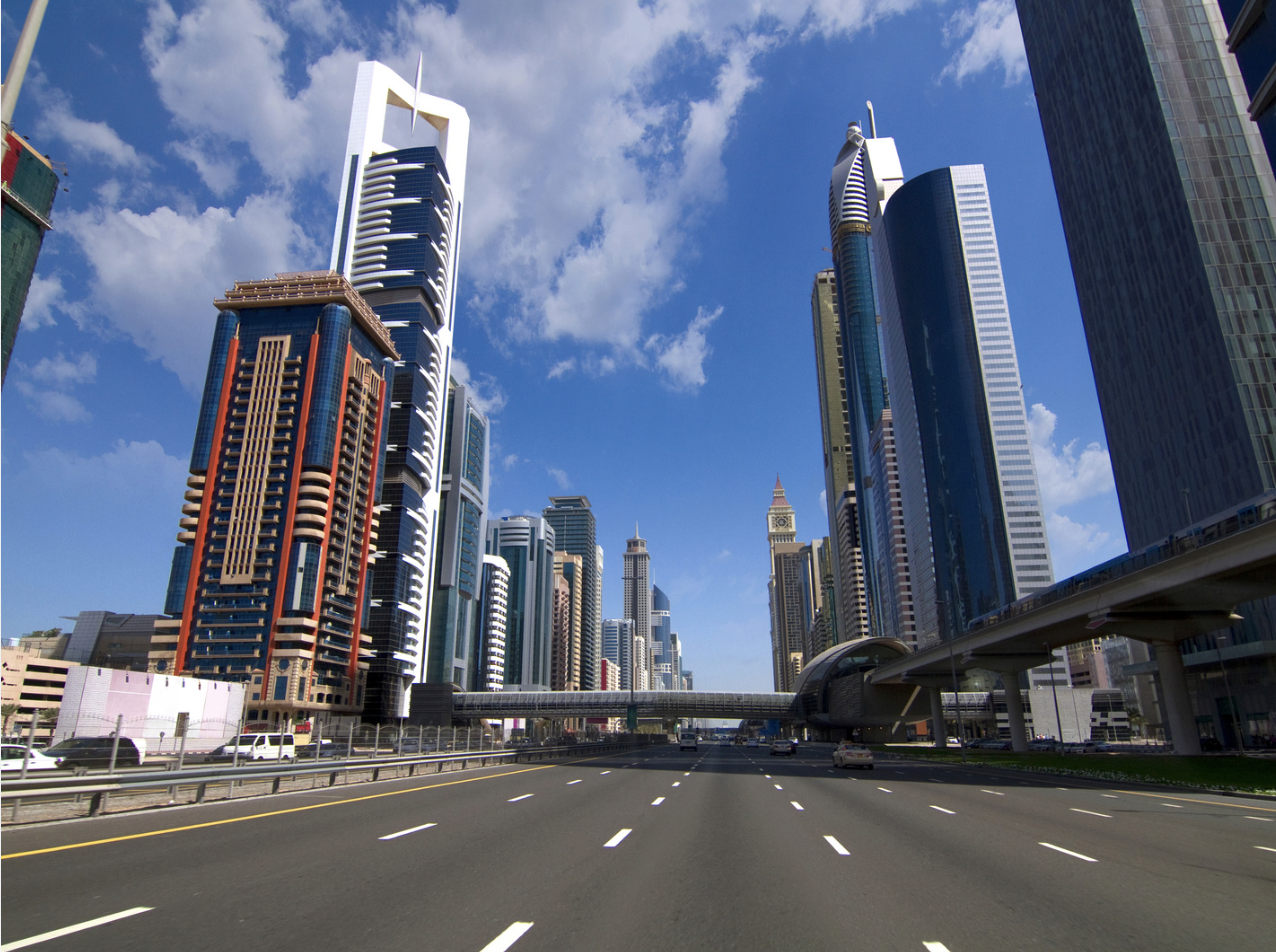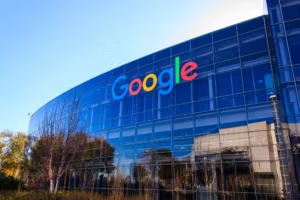Introducing toll gates on more roads and taxing entry into high-traffic areas, alongside improving public transport, could be crucial in alleviating traffic jams in Dubai, say urban planning experts.
Dr. Khaled Alawadi, Associate Professor of Sustainable Urbanism at Khalifa University, suggests shifting from the current linear toll system to a more widespread approach. “With the upcoming toll gates, we will have four on Sheikh Zayed Road alone. A circular toll system on multiple roads could distribute traffic more evenly, reducing congestion on major highways,” he said to Khaleej Times.
Tolling Busy Districts
Alawadi also recommends implementing tolls in heavily congested districts like Dubai Marina and Jumeirah Beach Residence (JBR), where non-residents would pay to enter. “If toll gates are placed in these areas and made free for residents, it could significantly reduce traffic,” he added.
Wider Impacts of Existing Tolls
Architect and master planner Yasir Saeed highlighted the unintended consequences of the current toll system, noting that drivers often cause more congestion on alternate routes while trying to avoid tolls. “People spend more on fuel than they save on avoiding tolls, which only adds to the city’s overall traffic problem,” he said.
Saeed suggests expanding public transport services to densely populated areas, like Jumeirah Village Circle (JVC), which currently lack metro connections. “The metro needs to connect people where they live and take them to work,” he said. He also stressed the importance of integrating transportation modeling with urban development plans to predict population growth and plan transit networks for emerging areas like Dubai South and Dubai Hills Estate.
Challenges of Dynamic Pricing
The concept of dynamic toll pricing, where charges vary based on traffic volumes, is seen as a limited solution for Dubai. Shweta, an expert on transportation policies, noted that while dynamic pricing works in cities with robust public transport, it may not be as effective in Dubai. “Higher tolls might not deter most drivers, who would simply pay more to travel during peak times. Traveling at off-peak hours disrupts daily routines, and without a strong public transport alternative, it’s more of a financial burden than a congestion solution,” she said.
Alawadi echoed these concerns, pointing out that even Abu Dhabi’s dynamic pricing system, which charges tolls only during peak hours, wouldn’t be as effective in Dubai. “Dubai is always busy—whether it’s peak hours or midnight, the roads are still packed,” he said.
Need for Integrated Solutions
The experts agree that tackling Dubai’s traffic requires a multifaceted approach, from adjusting toll systems and integrating public transport with urban planning to considering alternative models like congestion pricing in busy areas. Without comprehensive solutions, traffic is likely to remain a persistent challenge in one of the world’s busiest cities.





